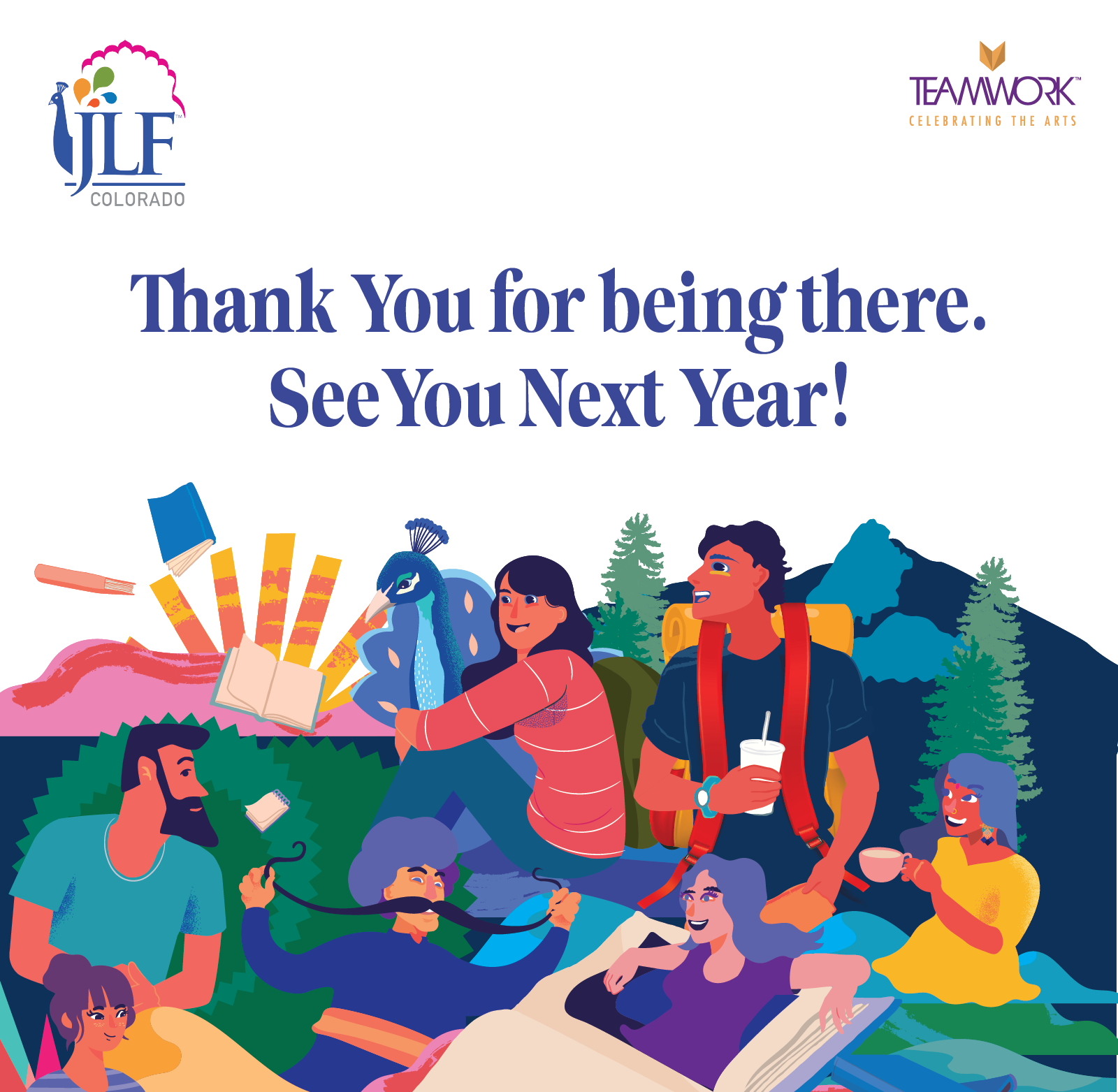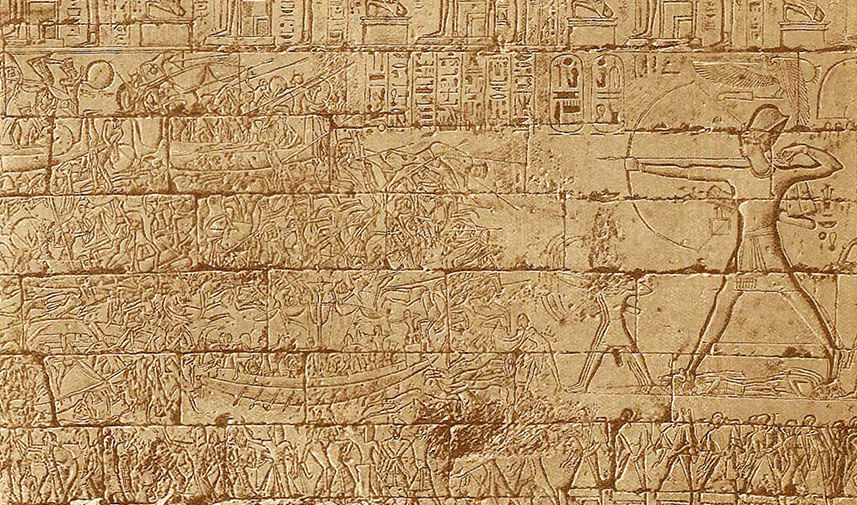


It’s The End of the World, Again: Climate Change and The Collapse of Civilizations
Celebrating the Jaipur Literature Festival at Boulder: our shared world
By Harish Alagappa, Official Jaipur Literature Festival Blogger
Anthropogenic, or human-induced, climate change and the growing crisis caused by our dependence on unsustainable energy practices should be focal points for any discussion about the future for our species.
The man-made climate change crisis we face today is similar in scale to many natural climactic events that led to the fall of our mightiest civilizations. From the dawn of man, how we deal with climate change and utilize our resources has always defined our history and it will define our future.
About 4,200 years ago, humanity witnessed a period of sudden climate change that resulted in abrupt and intense cold throughout the Northern hemisphere. Lower global temperatures led to drops in the global sea level as more sea water became trapped as ice near the poles. This resulted in lower oceanic evaporation. As less water evaporated, fewer clouds formed, and rainfall was massively affected. As rainfall became scarce, droughts that lasted years, even decades, began to severely affect the civilizations of Mesopotamia, Egypt, and the Indus Valley. The entire 22nd century BCE saw lower rainfall across the major centres of Bronze Age civilization in the Near East, India, and the Mediterranean. The Bronze Age’s primary energy source, food, became scarcer. Intensive farming left the soil degraded and bereft of life. The efficiency of farms continued to fall and were unable to keep up with the demands of a growing population.
Across the civilized world, violence and internecine warfare grew at an alarming rate. As nations and empires prepared themselves for more frequent wars, bronze – the most critical material of the time – became rarer and more expensive. Trade became dangerous, and the economies of even the most powerful empires collapsed. Cities that had survived and thrived for centuries were either abandoned or destroyed by roaming militias formed from the dregs of the armies of former empires.
Starvation claimed as many deaths as disease and warfare, and the ancient world was plunged into an age of darkness where it remained for the next thousand years. The great cities of the Old Kingdom of Ancient Egypt, Akkad and the Hittites in the Middle East, the Mycenaeans in Greece and Turkey, and the Indus Valley Civilization found themselves overpopulated, with exhausted energy resources, and no trade to sustain them. The complex system of institutions on which a centralized, urban society depends fell apart. Many people perished. The survivors abandoned their cities and moved to the villages to become farmers. Their former glory – language, writing, and technological prowess – was lost to history.
Natural climate change is one of several factors that led to the events of the Bronze Age Collapse, though it is considered by many experts to have been its primary catalyst. Scientists tentatively link this period to a series of cyclical periods of cooling known as “bond†events. These bond events have been occurring at regular intervals of about 1,400 to 2,000 years ever since the latest geological epoch (known as the Holocene) began almost 12,000 years ago. A lot of research is still being done to study how these events interact, and whilst their causes and connections remain very complex, the consequences are clear, known and devastating.
What we face today are the consequences of man-made global warming, and on a much more rapid and widespread scale. The civilizations mentioned here occupied a very small amount of the earth’s surface; in today’s globalised world, human beings are present in every corner of the planet: there is no person and no place that will escape the consequences if it continues unchecked. Societies are like a house of cards, with different complex systems piled precariously on top of each other. One piece comes apart and the whole things falls in on itself. Climate change will lead to many things like famine, conflict, and energy crises, which can ultimately lead to the fall of modern society.
In the ancient world, climate change was unpredictable and civilizations found it impossible to defend themselves from the consequences of a major climactic catastrophe. We, however, are not helpless. Either we can act or we doom ourselves to repeat history.
References
Bond, Gerard, William Showers, Maziet Cheseby, Rusty Lotti, Peter Almasi, Peter deMenocal, Paul Priore, Heidi Cullen, Irka Hajdas, and Georges Bonani. 1997. “A Pervasive Millennial-Scale Cycle in North Atlantic Holocene and Glacial Climates.†Science 278 (5341): 1257–1266.
deMenocal, Peter B. 2001. “Cultural Responses to Climate Change During the Late Holocene.†Science 292 (5517): 667-673.
Gibbons, Ann. 1993. “How the Akkadian Empire Was Hung Out to Dry.†Science 261 (5124): 985.
Staubwasser, M., F. Sirocko, P. M. Grootes, and M. Segl. 2003. “Climate change at the 4.2 ka BP termination of the Indus Valley Civilization and Holocene South Asian monsoon variability.†Geophysical Research Letters 30 (8): 1944-8007.



1 Comments
Zac Xander
Nice post about climate change, regarding ancient civilization Check this post mesopotamian civilization, ancient sumerians,arcadians
ReplyLeave a comment